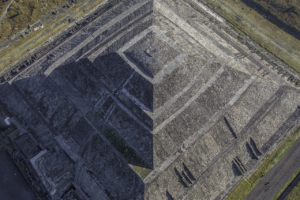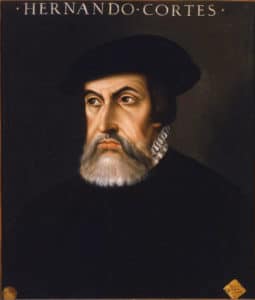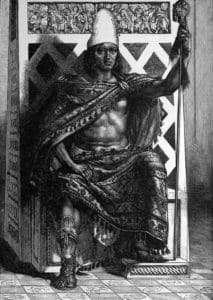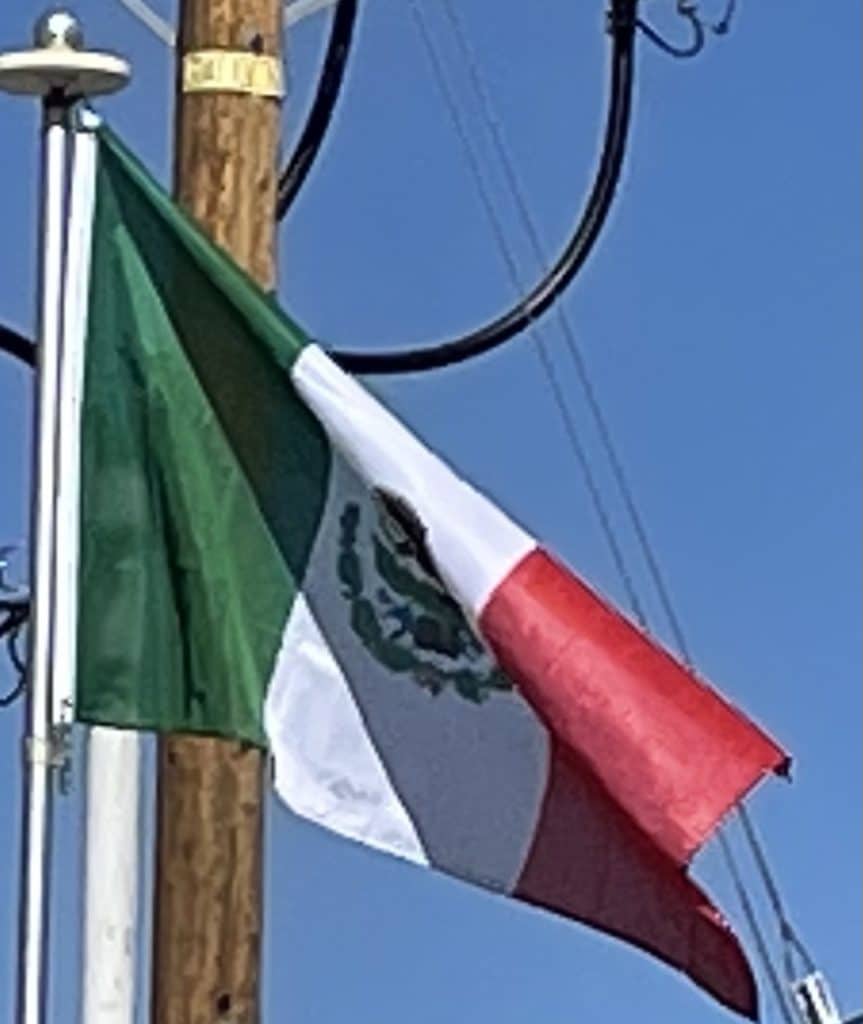
The Aztec of Central Mexico built a tributary empire covering most of central Mexico. The Aztec were noted for practicing human sacrifice on a large scale. Along with this practice, they avoided killing enemies on the battlefield. Their warring casualty rate was far lower than that of their Spanish counterparts, whose principal objective was immediate slaughter during battle. This distinct Mesoamerican cultural tradition of human sacrifice ended with the gradually Spanish conquest in the 16th century. Over the next centuries many other Mexican indigenous cultures were conquered and gradually subjected to Spanish colonial rule.
Conquest of the Aztec Empire (1519–1521):
Although the Spanish had established colonies in the Caribbean starting in 1493, it was not until the second decade of the sixteenth century that they began exploring the coast of Mexico. The Spanish first learned of Mexico during the Juan de Grijalva expedition of 1518. The natives kept “repeating: Colua, Colua, and Mexico, Mexico, but we [explorers] did not know what Colua or Mexico meant”, until encountering Montezuma’s governor at the mouth of the Rio de las Banderas. The Spanish conquest of the Aztec Empire began in February 1519 when Hernán Cortés landed on the Gulf Coast and founded the Spanish city of Veracruz.

Around 500 conquistadores, along with horses, cannons, swords, and long guns gave the Spanish some technological advantages over indigenous warriors, but key to the Spanish victory was making strategic alliances with disgruntled indigenous city-states (altepetl) who supplied the Spaniards and fought with them against the Aztec Triple Alliance. Also important to the Spanish victory was Cortés’s cultural translator, Malinche, a Nahua woman enslaved in the Maya area whom the Spanish acquired as a gift. She quickly learned Spanish and gave strategic advise about how to deal with both indigenous allies and indigenous foes. The unconquered city-state of Tlaxcala allied with the Spanish against their enemies, the Aztecs of Tenochtitlan. The Spanish gained other indigenous allies, who also joined in the war for their own reasons.
When the Spaniards arrived, the ruler of the Aztec empire was Moctezuma II, who after a delay allowed the Spanish to proceed inland to Tenochtitlan.

The Spanish captured him, holding him hostage. He died while in their custody and the Spanish retreated from Tenochtitlan in great disarray. His successor and brother Cuitláhuac took control of the Aztec empire, but was among the first to fall from the first smallpox epidemic in the area a short time later. Unintentionally introduced by Spanish conquerors, among whom smallpox, measles, and other contagious diseases were endemic, epidemics of Old World infectious diseases ravaged Mesoamerica starting in the 1520s. The exact number of deaths is disputed, but unquestionably more than 3 million natives who they had no immunity. Other sources, however, mentioned that the death toll of the Aztecs might have reached 15 million (out of a population of less than 30 million) although such a high number conflicts with the 350,000 Aztecs who ruled an empire of 5 million or 10 million. Severely weakened, the Aztec empire was easily defeated by Cortés and his forces on his second return with the help of state of Tlaxcala whose population estimate was 300,000. The native population declined 80–90% by 1600 to 1–2.5 million. Any population estimate of pre-Columbian Mexico is bound to be a guess but 8–12 million is often suggested for the area encompassed by the modern nation.
